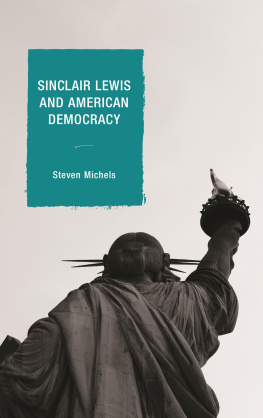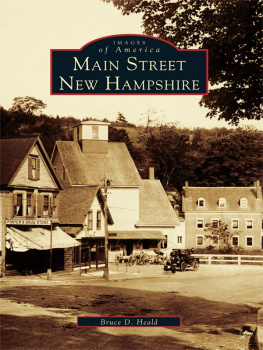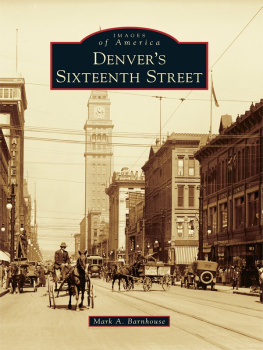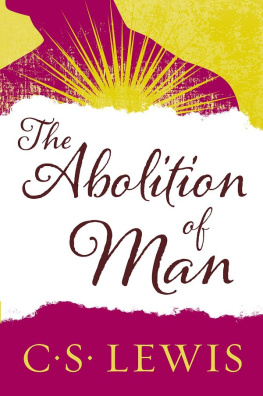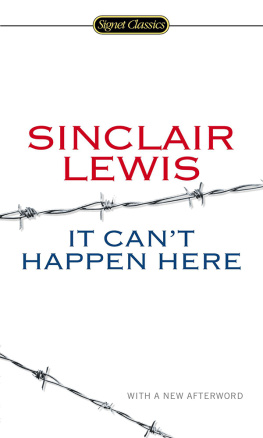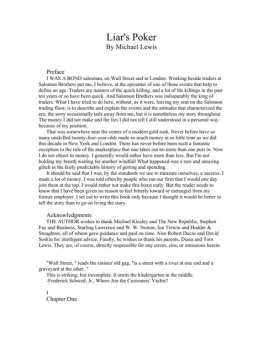Copyright 1965 Houghton Mifflin Harcourt Publishing Company
All rights reserved.
www.hmhco.com
cliffsnotes.com
For information about permission to reproduce selections from this book, write to or to Permissions, Houghton Mifflin Harcourt Publishing Company, 3 Park Avenue, 19th Floor, New York, New York 10016.
The publisher and the author make no representations or warranties with respect to the accuracy or completeness of the contents of this work and specifically disclaim all warranties, including without limitation warranties of fitness for a particular purpose. No warranty may be created or extended by sales or promotional materials. The advice and strategies contained herein may not be suitable for every situation. This work is sold with the understanding that the publisher is not engaged in rendering legal, accounting, or other professional services. If professional assistance is required, the services of a competent professional person should be sought. Neither the publisher nor the author shall be liable for damages arising herefrom. The fact that an organization or website is referred to in this work as a citation and/or a potential source of further information does not mean that the author or the publisher endorses the information the organization or website may provide or recommendations it may make. Further, readers should be aware that Internet websites listed in this work may have changed or disappeared between when this work was written and when it is read.
Trademarks: CliffsNotes, the CliffsNotes logo, Cliffs, cliffsnotes.com, and all related trademarks, logos, and trade dress are trademarks or registered trademarks of Houghton Mifflin Harcourt Publishing Company. All other trademarks are the property of their respective owners. Houghton Mifflin Harcourt is not associated with any product or vendor mentioned in this book.
eISBN 978-0-544-18267-7
v1.0717
Introduction to the Novel
Main Street became a household word, both in the United States and abroad, within a few years after the publication of Sinclair Lewis widely read novel. The book satirizes the ugliness and conformity found in small Midwest towns during the second decade of the twentieth century and ridicules the uninspired and self-satisfied inhabitants.
Lewis gives little recognition to the forces contributing to small-town deterioration, notably the advent of the automobile as a common means of transportation and the consequent increase of city buying at the expense of local trade. Connected also with the decline of the American village was the exodus to the cities of many of its brighter and more aggressive young people, in search of more attractive living conditions and better work opportunities.
Yet the story is absorbing. H. L. Mencken rated it highly, adding:
It represents characters that are... genuinely human but also authentically American.... It is well written, full of a sharp sense of comedy, and rich in observation and completely designed.
Lewis Mumford maintains that Carol Kennicotts struggle with the stodgy, self-satisfied society of Gopher Prairie, Minnesota, is the continuation of Main Streets everywhere, since the same story could occur in Ohio or Montana, in Kansas, Kentucky, or Illinois.
Main Street is the Lewis novel best known in the authors birthplace, Sauk Centre, Minnesota, for in spite of its satire, it reflects the true nature of the town and its inhabitants.
Sinclair Lewis and Main Street
Sinclair Lewis, 18851951
Author of Main Street
The above is the inscription on an unpretentious marker in the cemetery of Sauk Centre, Minnesota. It is the middle stone of three, for the famous son is buried between his father, Dr. E. J. Lewis, and his mother, Emma Kermott Lewis, who died when Harry, as he was then called, was six years old. The surmise that the name Sinclair was assumed later while Lewis was connected with the Utopian schemes of Upton Sinclair is incorrect. Dr. Lewis named his son at birth in honor of a friend, Dr. Sinclair, a New Lisbon, Wisconsin, dentist. In adult life, Lewis was known to his friends as Red.
Behind the graves is the granite family monument. There is no mention of Sinclair Lewis other twenty novels or of the fact that he was the first American novelist to receive the Nobel Prize for Literature. Yet Sauk Centre, scorned by Lewis in his lifetime, now has a Sinclair Lewis Avenue and The Original Main Street. The library is collecting manuscripts and relics that were not willed, like his library and his Nobel Prize medal, to Yale University. It was at Lewis own request that his ashes were returned to Sauk Centre after his death in Rome, January 10, 1951.
Main Street began as a story to be called The Village Virus, a study which was completed in 1905 but never published. Carl Van Doren says that the novel itself was written years later, in Washington, D.C. Although the reaction of Sauk Centre toward the book was at first unfavorable, there is no evidence that it was ever banned from the local library. John Steinbeck, about fifteen years younger than Lewis and an admirer of the older writer, tells in Travels With Charley (1960) of trying to find the way to Sauk Centre from St. Paul. A waitress directed him, adding, They got a sign up. I guess quite a few folks come to see it. It does the town some good. The cook volunteered that he didnt think whats-his-name was there anymore. Steinbeck had read Main Street when he was in high school, and he remembered the violent hatred it aroused in the countryside of his [Lewis] nativity. The last time the two authors had met, Lewis had complained to Steinbeck of being always cold and had spoken of going to Italy. He never returned alive. Now hes good for the town, Steinbeck comments. Brings in some tourists. Hes a good writer now.
Sauk Centre was, in the 1880s, a bare, unlovely town only thirty years old, which did not become a city until 1889. The year of Sinclair Lewis birth, the population of the village and town combined was 2,807. Surrounded by prairie farming land dotted with thirty of Minnesotas ten thousand lakes, the town was nevertheless drab and uninviting. In summer, the temperature might rise to 110 degrees; in winter, it could dip to 40 below zero.
An indifferent, poorly adjusted, and awkward youngster, Harry Lewis was seventeenth in a class of eighteen in the eighth grade. At the age of thirteen, when he tried to enlist as a drummer boy in the Spanish-American War, he was promptly apprehended by his father. In high school he improved, taking part in debating and other forms of public speaking. In 1903, when he was in the academy of Oberlin College preparing for Yale, he described himself as Tall, ugly, thin, red-haired, but not, methinks, especially stupid. He was a misfit at Yale, although he was editor of Literary Magazine and worked on New Haven newspapers. He dropped out of college before graduation.
After more than a year of temporary jobs, which included editing, writing childrens verses for magazines, and going to Panama by steerage in search of work on the canal, he returned to Yale in 1907 and received his degree in 1908. Well-read in the English classics and experienced in freelance writing, Lewis during the next four years held positions as editor, reporter, manuscript reader, advertising manager, and reviewer. His first novel, Hike and the Aeroplane, published under the pseudonym of Tom Graham, appeared in 1912, to be followed by Our Mr. Wrenn in 1914, the year of his marriage to Grace Livingstone Hegger.
This marriage, detailed by the first Mrs. Lewis in Half a Loaf and With Love from Gracie, was to last fourteen years, ending in divorce in 1928. This period of time included the birth and childhood of a son, Wells, born in 1917 and killed by a sniper in Alsace during World War II (1944). These years also embraced Lewis rise to fame, beginning with the publishing of his earlier novels:
Next page



